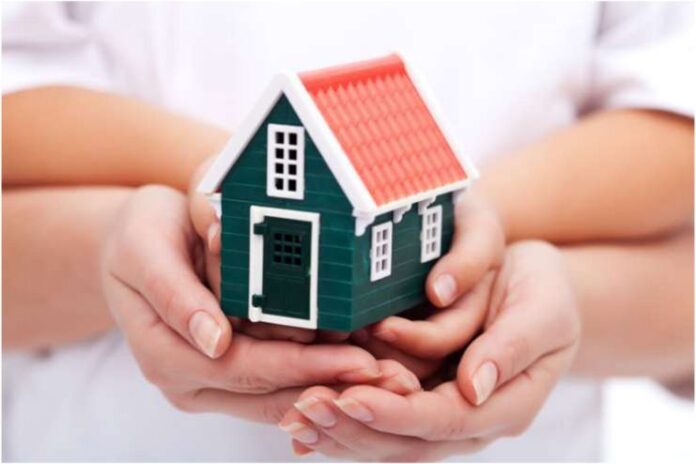Affiliate Disclaimer
Some links in this article are affiliate links. We may earn a small commission if you make a purchase through these links, at no extra cost to you. We only recommend products we find useful to our readersFor every parent and caregiver, creating a safe home environment is paramount. Due to kids’ natural curiosity and desire to explore, young children are more likely to be involved in mishaps and sustain injuries. Childproofing is crucial in guaranteeing their safety by reducing potential risks around the house.
Little ones may be at risk from choking hazards, electrical outlets, sharp edges, and poisonous materials in the house. Common mishaps like falls, burns, and poisoning can be avoided by installing childproofing devices like outlet covers, safety gates, and secured furniture.
Childproofing creates a safe atmosphere where kids play, learn, and develop securely. Parents may rest easy knowing their children are safe by taking proactive measures to establish a secure household.
Read More: How Poor Nutrition Affects Your Child’s Academic Performance
6 Essential Childproofing Strategies & Safety Tips to Protect Kids at Home
Ensuring your home is safe is essential to shielding kids from potential dangers. The following are six crucial childproofing techniques and safety advice that all parents should follow:
1. Understand Child Hazards
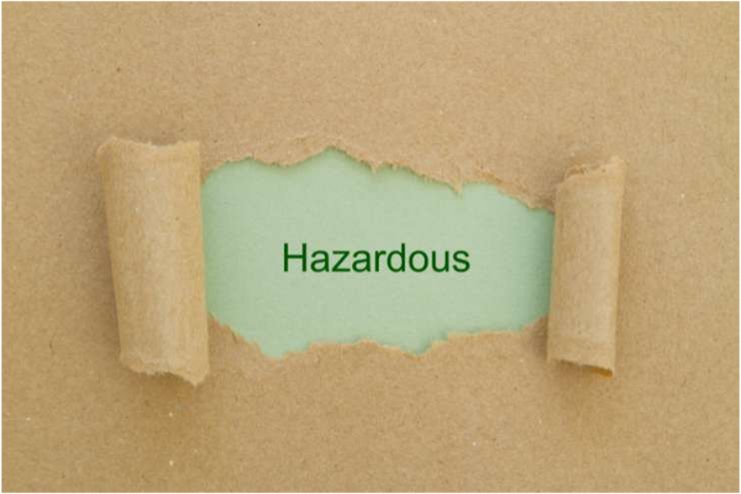
Children are inherently curious, and effective childproofing begins with identifying frequent hazards in various parts of the house. Approximately two million children under the age of five need treatment in emergency rooms each year for injuries sustained at home. Eliminating every risk that could result in accidents or injury is crucial.
Here are some major hazards found in most homes:
- Trip hazards – Clear the floor of items that could trip people, like toys, carpets, and electrical cords. Remove benches and tables from the play area or cushion their harsh corners.
- Never use a rocker chair or bouncinette to carry your infant. Place the bouncinette on the ground rather than a table or other elevated surface.
- Falls – Safety gates help prevent falls. Place one at the top and bottom of the stairs.
- Medications – Keep all household items and medications out of children’s sight and reach.
- Household chemicals – After using any chemicals, medications, or cleaning supplies, put them away immediately.
- Hot Beverages – Never hold a child while drinking something hot; keep hot beverages away from kids.
- Appliances – Electric kettles and other appliance cords should never be left hanging where kids can access them. Keep all cords far from the edge. Use a cordless jug or short, coiled cables.
2. Secure Furniture and Fixtures
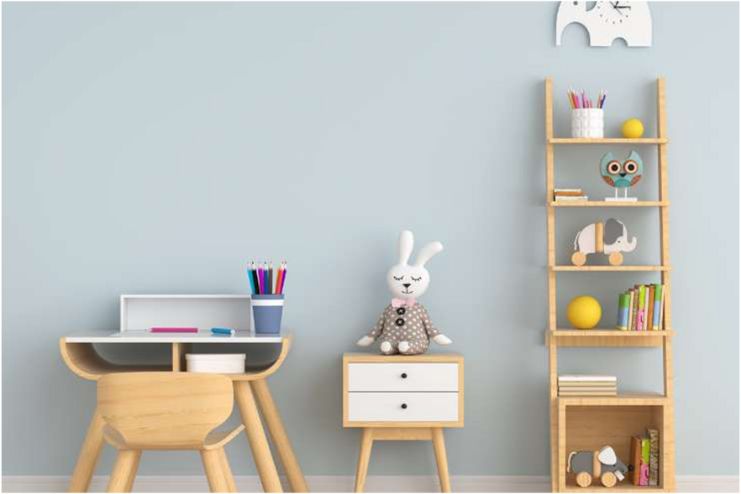
Young children are at serious risk from trying to climb or pull on large fixtures and unsecured furniture. Furniture can topple over and injure kids who climb on desks, cabinets, or bookshelves. Proper anchoring of furniture is essential since tip-over accidents can cause catastrophic injury.
Here’s some areas to focus on:
- Anchors – Use anchors to hold TVs or furniture to the wall. This is the best way to keep your kids safe from falling furniture. Consider employing metal wall anchors. Over time, plastic anchors can become brittle and shatter, leading to anchor failure.
- Use anti-tip devices – Secure mirrors and furniture. The furniture may need to be moved to fit the wall anchors into a stud.
- Sturdy Furniture – Invest in strong bases or wide legs for your furniture.
- Locks – To prevent your youngster from pulling drawers out all the way, install safety belts or dresser drawer stops. Also, use magnet locks or those that fasten to the side of a dresser and the outside of drawers.
- Refrain from placing toys or the remote control on top of furniture. Your toddler will attempt to climb to get his/her hands on it.
- Secure TVs – Make sure your stand is made specifically for TV use. Choose one that can accommodate the size and kind of TV you own. Use L-brackets or safety straps to fasten the TV and its stand to the wall. If your old TV is one of those big, heavy models without a flat back, consider recycling it. Dressers aren’t made to support the weight of a TV, so if you decide to keep using it, don’t put it on top of them. Instead, put it on a stand made specifically for this kind of TV.
- Tuck cords away to prevent them from being pulled on or becoming a trip hazard.
Read More: Preventing Hypertension in Children: Lifestyle and Diet Tips
3. Electrical and Appliance Safety
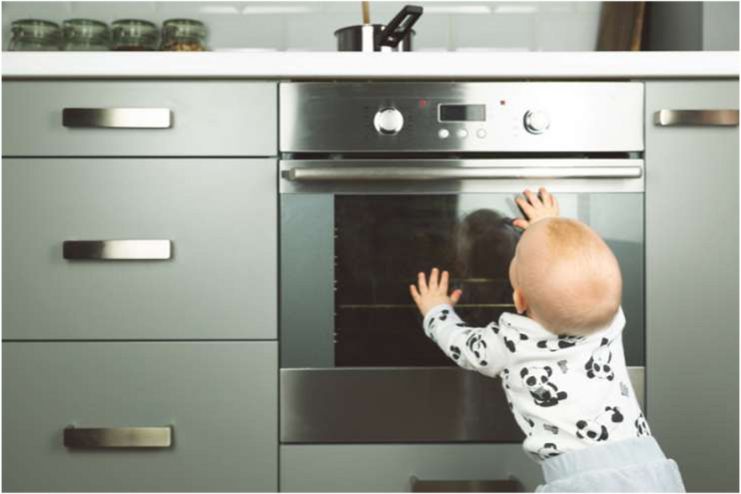
Young children are at significant risk for electric shocks and burns from electrical outlets, cords, and appliances. Basic safety precautions can avoid these risks, and a safe home environment can be established.
- Irons, coffee makers, blenders, toasters, curling irons, and other devices that can get hot during operation should be unplugged. If a child pulls them down or touches them, they could get burned. Because the device may retain heat after use, keep it out of children’s reach when it is in operation.
- Use a twist-tie to secure spare cables from lamps or other electrical devices to prevent children from tripping or chewing on them. You can also purchase a container or spool to conceal long cords.
- Replace any appliances that ignite, smell strange, or overheat, or have your apartment manager or an electrician fix them.
- Examine electronic toys frequently for indications of deterioration. Anything that sparks, feels hot, or smells strange should be thrown away or repaired. Check for corrosion on electronic toys and replace batteries regularly.
- Outlets should be covered and protected because a curious toddler would probably try to stick his finger in or try to plug something into one at some point, which could result in a severe electrical shock.
4. Kitchen and Bathroom Safety
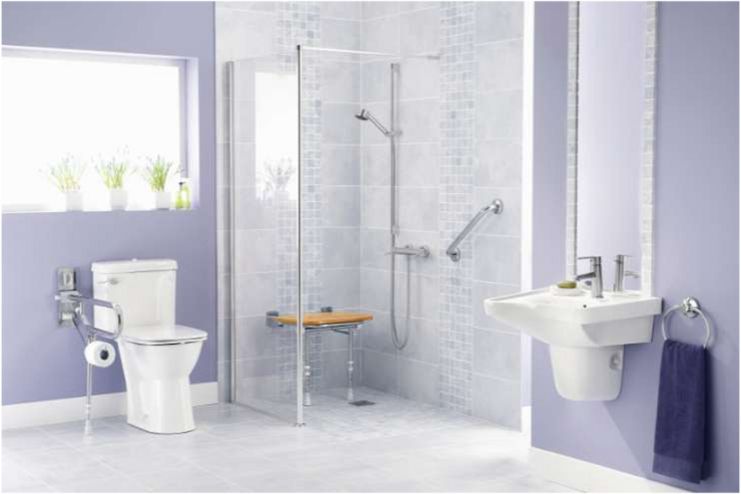
The kitchen and bathroom are among the most dangerous places for young children because of the hot surfaces, sharp items, and toxic chemicals they contain. However, with proper childproofing, accident risk can be considerably decreased.
- Any free-standing stove should be secured to the wall to prevent tipping over if a child tries to climb it.
- Ensure the child lock on your oven is on and that you use it.
- Knives, forks, scissors, and other sharp objects should be kept separate from “safe” kitchenware. Food processors and other sharp-cutting equipment should be kept out of reach or in a locked cabinet.
- Keep refrigerator magnets out of your child’s reach to prevent choking dangers and possible cuts from sharp edges.
- Keep tubs drained at all times. Just a few inches of water can also cause a young infant to drown.
- To stop falls in bathrooms, use non-slip, absorbent rugs. Use a rubber mat or non-skid decals inside the tub to avoid slips and falls.
- Bathroom doors should be locked and closed to keep small children out. Ask a child proofer what kind to use, particularly if older siblings require access.
- Most bathrooms have privacy locks on their doors. The best options are deactivating them or having the right tool or key on hand to unlock them from the locked side.
Read More: Sleep Solutions for Everyone: Family-Friendly Tips for Better Rest
5. Stairway and Window Safety
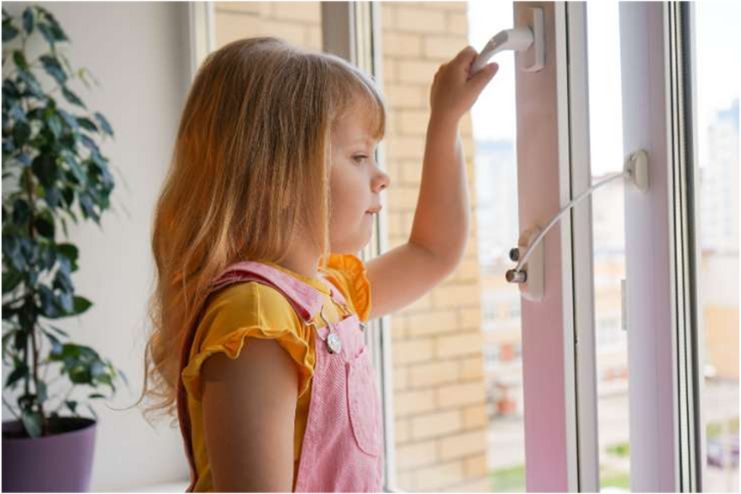
For young children, stairs and windows provide serious fall risks; therefore, it’s critical to take the right safety precautions to avoid mishaps.
- Avoid placing furniture near windows.
- Install window locks to prevent windows from opening wide enough for a youngster to fit through.
- Put in window guards. Children can still fall even with insect screens in place.
- Maintain clean, well-maintained staircases.
- Use gates installed on the wall only at the top of the stairs. If pressure-mounted gates are pushed aside, the kid could fall down the steps.
- The ideal handrails are small enough to wrap your entire hand around them.
- Stair gates are valuable and significant, but remember that they cannot replace adult supervision.
6. Poison Control and First Aid
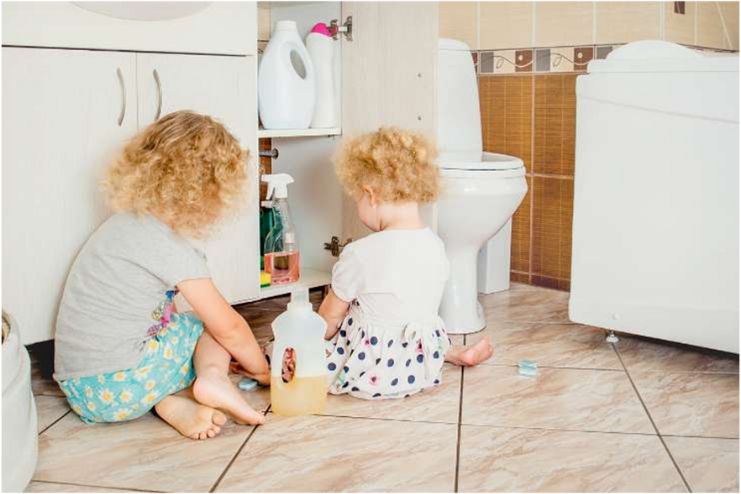
Young children are particularly vulnerable to poisoning, so it’s essential to store dangerous materials safely and be ready for anything. Young youngsters tend to put everything in their mouths.
- Keep medications and hazardous household items at least 1.5 meters (5ft) above the ground in cabinets or closets with child-resistant locks. Most cupboards can be equipped with child-resistant locks.
- Place childproof caps on prescription drugs to avoid unintentional ingestion, and never keep poisonous materials in food or drink containers.
- Save poison control numbers in your phone.
- Avoid leaving medications on benches or other areas where your child could get them, and only take them out of the container when you are ready to take or give them.
- Carefully read the usage instructions and warning labels.
- Use the correct names when referring to medications. They’re not lollipops.
- Steer clear of taking medications in front of kids. Youngsters often mimic adults.
- Before discarding empty liquid medication and household product containers, rinse them with water.
Read More: Treating Common Cold And Cough At Home
Conclusion
Your house is your child’s first playground, where they grow, explore, and satisfy their curiosity. However, it can potentially provide hidden risks if it is not adequately childproofed. By installing safety gates, locking cabinets, covering outlets, and anchoring furniture, you can make your home safe for young children to run around.
Every safety precaution you take is a step closer to protection and peace of mind. Start now by looking around your house, identifying any possible dangers, and acting on them. In addition to being safer, a childproofed house provides a haven where your child may flourish with delight and confidence.
References
- https://www.betterhealth.vic.gov.au/health/healthyliving/child-safety-and-injury-prevention
- https://renkids.com/essential-tips-for-child-safety-and-health/
- https://www.cmosc.org/risk-vs-hazard-the-value-of-risk-in-playtime-for-children/
- https://www.sanfordhealth.org/-/media/org/files/resources/parenting-services/012002-00155-brochure-safety-center-10-safety-hazards-in-the-home-8_5x11.pdf
- https://www.cpsc.gov/Newsroom/Video/Anchor-It-How-to-Anchor-It-and-protect-children-from-furniture-tip-overs
- https://www.nationwidechildrens.org/family-resources-education/700childrens/2016/03/furniture-tip-overs-tips-to-keep-your-kids-safe
- https://www.healthychildren.org/English/safety-prevention/at-home/Pages/Preventing-Furniture-and-TV-Tip-Overs.aspx
- https://kidshealth.org/en/parents/safety-electric.html
- https://www.bchydro.com/safety-outages/electrical-safety/safety-at-home/safety-for-kids.html
- https://safeelectricity.org/public-education/tips/talk-about-electrical-safety-with-your-children/
- https://www.ikea.com/us/en/safety-at-home/child/kitchen/
- https://www.healthychildren.org/English/safety-prevention/at-home/Pages/Kitchen-Safety.aspx
- https://www.uvpediatrics.com/topics/chilproofing-room-by-room/
- https://www.childproofingexperts.com/babyproofing-bathroom/
- https://www.childinjurypreventionalliance.org/stair-safety
- https://safesleepacademy.org/doors-windows-stairs/
- https://www.nationwidechildrens.org/research/areas-of-research/center-for-injury-research-and-policy/injury-topics/home-safety/stair-safety
- https://www.nachi.org/child-proofing-windows-stairs.htm
- https://www.poison.org/poison-prevention-tips-by-age/toddler















